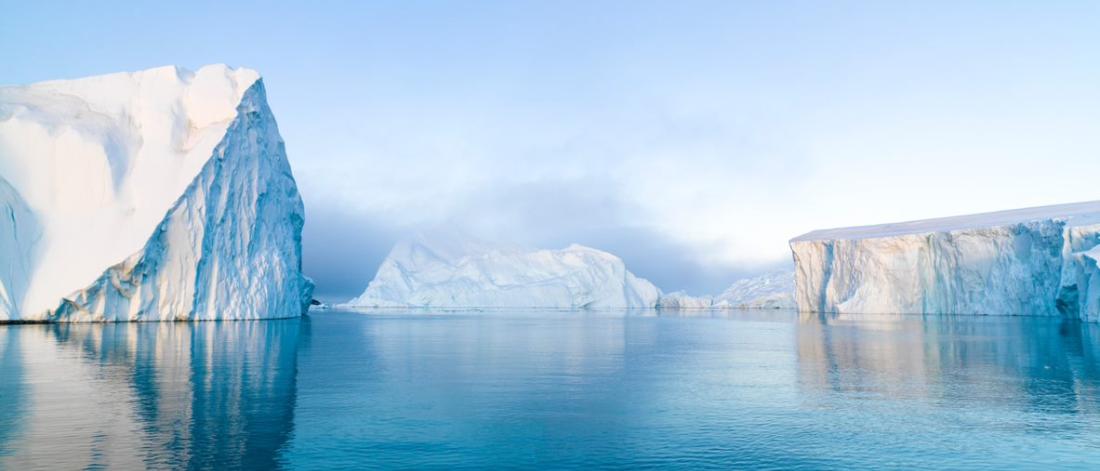Arctic warming: Life in the dark
As global temperatures continue to rise, the Arctic region is warming faster than anywhere else on Earth. Average temperatures in the Arctic have increased by around 2-3°C in the past few decades. One of the major consequences of this warming is that Arctic soils are remaining unfrozen for longer periods over the winter months. All the snow may be gone in the Arctic by the end of the century.
In the 24-hour darkness of an Arctic winter, plant growth halts. But what happens underground in the soils during this extended unfrozen period? Prof Davey Jones and Dr Maki Miura recently conducted a lab and field experiments to find out.
They collected intact blocks of soil and vegetation from two common Arctic ecosystem types - a mossy peatland and a dry tundra heath. Back in the lab, they subjected these mini Arctic environments to three different winter warming scenarios: current conditions where soils freeze, mid-century conditions with some freeze-thaw cycles, and end-of-century conditions where soils stay unfrozen.
They found that in both soil types, warmer winters led to an increase in carbon dioxide emissions from the soils. This carbon was being released through microbial activity breaking down organic matter in the absence of plant growth. Methane emissions remained low overall.
In the wet peatland soil, warmer winters decreased dissolved organic carbon and nutrients like nitrogen and phosphorus. The microbes likely consumed these as fuel to keep respiring without any new inputs from plants. In contrast, the drier tundra soil saw an increase in plant-available nitrogen over the unfrozen winter in the form of nitrate. This nitrate built up since there were no active plant roots to take it up.
When summer came around again, the tundra soil with extra nitrate didn’t show increased plant growth, possibly due to other factors like temperature or moisture limitation. But the researchers did observe the Arctic flower Purple Saxifrage bloom earlier and the vegetation composition start to shift in the continuously warmed tundra soil.
These findings suggest that warmer Arctic winters are likely to accelerate carbon cycling, deplete peatland carbon stores, and alter nitrogen availability in tundra - with cascading effects on vegetation. While total greenhouse gas emissions over a full year did not change much, winter emissions emerging from previously frozen grounds could still quicken the pace of climate change.
The Arctic may be waking up to a new normal as winters warm. Continued research is crucial to track how ecosystems long accustomed to endless deep freezes will respond to these thawing shifts occurring in the dark of the polar night.

